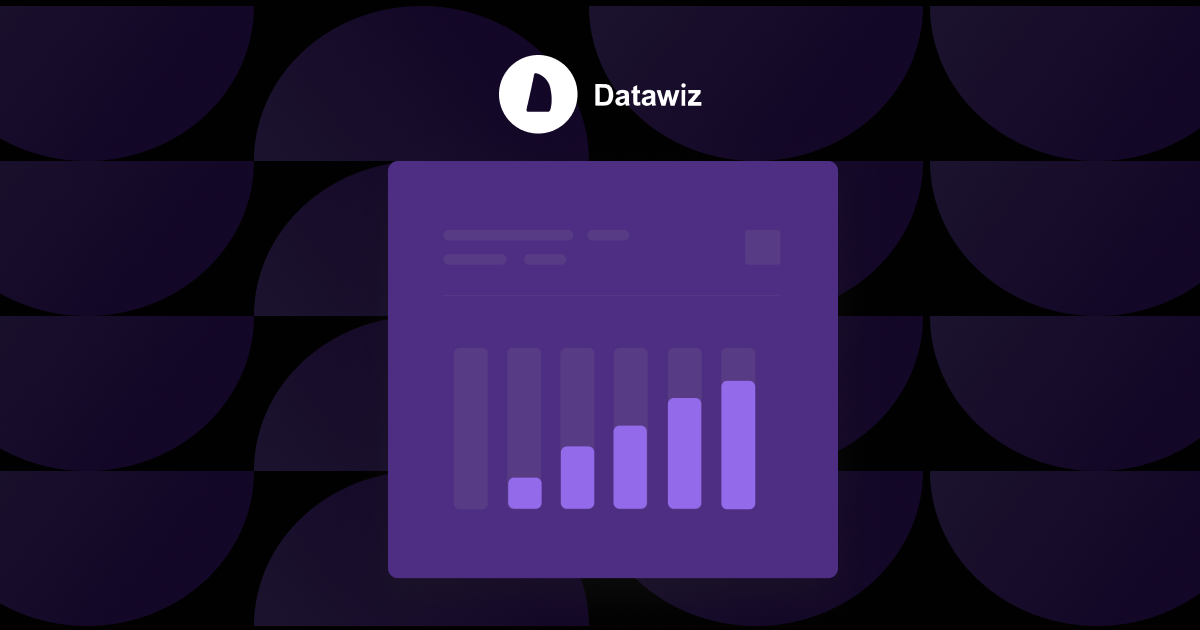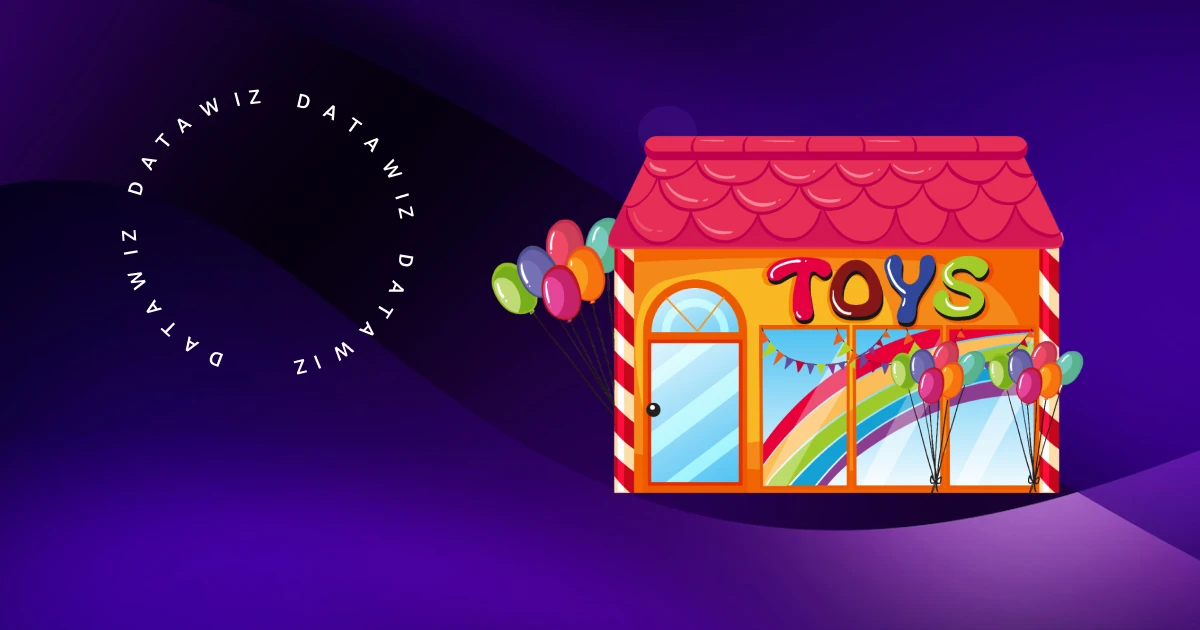In a highly competitive retail market, personalization and fine-tuning of processes are becoming critical to improving business efficiency. One of the key tools that allows retailers to better understand consumer behavior and adapt their product range to local demand characteristics is store clustering.
What is store clustering?
Store clustering is an analytical process of segmenting retail outlets into groups (clusters) based on similar characteristics. In retail, these can be:
- geographical data (city, district, climate);
- demographic parameters (income, age, family composition);
- consumer behavior (purchase frequency, product preferences);
- sales structure (which product categories predominate);
- store area and format (discounter, supermarket, hypermarket).
The main goal of clustering is to create groups of stores with similar consumer behavior or similar trading characteristics in order to apply unified strategies in the areas of assortment management, logistics, marketing, and merchandising.
How is store clustering useful for retailers?
The implementation of a cluster approach allows retailers to improve the manageability of their assortment matrix and reduce costs. Let's consider the key advantages:
1. Adapting the assortment to local demand
Customers in different regions and cities have different preferences. The same product may sell well in one store and remain unpopular in another. Clustering helps to identify such patterns and form a targeted assortment for each group of stores.
2. Reduction of inventory surpluses and write-offs
Competent clustering allows you to avoid the “overflow” of goods between stores and reduce the volume of write-offs of unsold items, especially in categories with perishable products.
3. Optimization of layout and planograms
Stores with similar characteristics can use standardized planograms, which reduces the workload on merchandisers, speeds up the implementation of changes, and makes the display process more predictable.
4. Rapid scalability of business processes
If a store is part of a predefined cluster, a ready-made strategy for assortment, pricing, and marketing can be quickly applied to it. This simplifies the opening of new retail outlets and allows you to manage a large network at a lower cost.
5. Increased customer loyalty
Customers value stability and comfort. When stores in the same cluster have a similar layout andproduct range, it is easier for customers to navigate, which has a positive effect on the frequency of visits and the average receipt.
Methods of clustering stores in retail
The choice of clustering method depends on the goals of the analysis and the available data. Let's look at the most effective approaches.
1. Clustering by behavioral data
This approach involves analyzing customer transaction history, purchase frequency, and the categories that are most frequently purchased. Machine learning algorithms such as the following can be used here:
- k-means clustering
- Hierarchical clustering
- DBSCAN (density-based clustering).
Example: stores with high demand for premium cosmetics and children's products can be separated into a separate cluster, for which a specialized assortment matrix is formed.
2. Clustering based on product categories
It is important for retailers to take into account differences in consumption across specific product categories. One store may focus on FMCG, another on groceries, and a third on everyday goods.
Let's take the category “beer” as an example. Clustering can take into account:
- type of packaging (can, bottle, glass);
- country of origin (imported, locally produced);
- price segment;
- type (light, dark, unfiltered).
Stores with a predominance of cheap local beer will differ from stores with high demand for imported varieties, and the assortment for them needs to be selected individually.
3. Geodemographic clustering
Information about the location of the store, the income level of the population, population density, and the competitive environment is combined. This approach helps to determine the purchasing power and preferences of a specific area.
4. Format and space clustering
Stores can be grouped by format and area. For example, the layout and assortment in a small store near a residential building will not be the same as in a hypermarket in a residential area. This simplifies the creation of floor plans and inventory management.
How does store clustering increase sales?
1. Increased relevance of the product range
When products match the preferences of customers in a specific region or target audience, sales grow. Clustering helps to understand which products “work” at a given point of sale and which ones are just taking up space.
Example: in one cluster, milk with 3.2% fat content and large packages of cereals are in the highest demand, while in another, low-fat dairy products and portion-sized goods are in demand.
2. More effective marketing campaigns
By dividing the network into clusters, you can launch targeted advertising campaigns, mailings, andpersonalized offers. This allows you to increase conversion and reduce customer acquisition costs.
3. Fewer mistakes in orders
Understanding the needs of each cluster allows you to build an accurate order model. This reduces the risk of shortages or surpluses, which means minimizing lost sales and overspending on logistics.
4. Growth in average receipt
Customers are more likely to make purchases when they see products that meet their expectations. A targeted assortment encourages the purchase of additional items and increases total revenue per visit.
5. Increased employee efficiency
Unified processes within the cluster allow employees to learn faster, work more efficiently with displays, and better understand customer needs, which also affects sales.
BI systems as a tool for clustering: the example of Datawiz
High-quality clustering is impossible without advanced analytics. BI systems help collect, process, and visualize the data needed to form clusters. One such solution isDatawiz, a BI platform specifically designed for retail. Datawiz provides tools for in-depth analysis of product assortment, assessment of consumer behavior, and automated clustering of retail outlets.
With Datawiz, retailers can:
- automatically group stores by product categories and sales metrics;
- identify hidden dependencies and patterns in consumption patterns;
- customize planograms using Datawiz BES and assortments for each cluster;
- track the effectivenessof implemented changes in real time.
Store clustering is not just a trend, but a strategically important tool for retailers striving for high efficiency, personalization, and scalability. It allows for a deeper understanding of customers, optimization of assortments and processes, reduction of costs, and, most importantly, increased sales. The implementation of BI analytics-based solutions, such as Datawiz, makes this process accessible and transparent even for large retail chains.
 What's new?
What's new?





 No credit card required
No credit card required